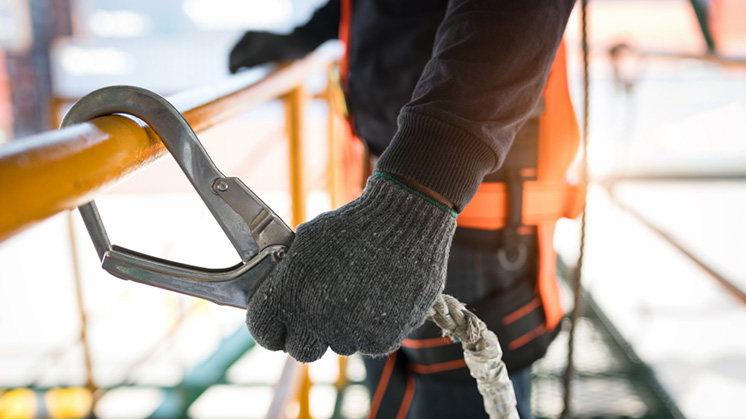
Fraud affects all business but is particularly prevalent in the Property & Construction industry. Typical construction projects have a multitude of moving parts – high volume of suppliers and subcontractors coupled with countless transactions and large volumes of money – making builders a preferred target of fraud.
Here are a few of the most common fraud encounters we’ve seen in the property & construction industry. With our top tips on what to look for, and with a few simple processes you can greatly reduce your vulnerability and fraud risk in your business.
1. Subcontractors using a false ABN
What is it?
Subcontractors using either non-existent or fraudulent ABNs on their invoices. In 2017 it was found that more than 40% of subcontractors in the Northern Territory were using the ABN of Bunnings Warehouse on their invoices.1
What’s the cost?
Payments made to a subcontractor without a valid ABN, GST registration or invoice may be;
- ·non tax deductible - that’s a 30% surcharge on your subcontractor cost.
- GST cannot be claimed back on these invoices - that’s another 10% surcharge on your subcontractor cost.
- the contractor may be deemed an “employee” of your business – this means you may need to pay Superannuation, Payroll Tax and Workcover insurance– potentially adding a further 15% to your subcontractor cost.
The ATO and SRO’s position is that you must check these details before making payment. In total this simple mistake may increase the cost of the subcontractors work to your business by 45%!
2. Dodgy invoices from employees
What is it?
This type of fraud commonly occurs where;
- invoices doctored by an employee for their own benefit that are either false or alternatively genuine invoices with payments redirected to their personal bank accounts;
- invoices for work performed on personal projects (such as their home renovation); or
- employees negotiating ‘side deals’ with subcontractors to inflate the price of an invoice, which the employee then approves and benefits from.
What’s the cost?
Depending on how long this goes undetected, it could amount to hundreds of thousands of dollars, that importantly are notoriously difficult to recover.
3. Supplier’s “new bank account details”
What is it?
Fraudster contact a business claiming to be a supplier who has recently changed their bank account details.
We’ve seen instances of sophisticated fraudsters hacking into business systems, identifying a target payment and then acting as a representative of that business to have the payment from the client directed to a fraudulent bank account.
What’s the cost?
If you’re a commercial builder, this could be millions of dollars! Often the fraudster has sent the money offshore and closed the bank account by the time you realise. It then becomes very difficult to recover.
Further, if you are the client, you may still contractually be bound to pay the correct supplier. You could be out of pocket for double the invoice amount.
Prevention is better than the cure
Start thinking about these risks in your business now and stop them before they occur.
This begins with establishing proper checks, processes and chain of command for invoice approvals and payments.
You may also consider Cyber Crime insurance.
In addition, there are third party providers who offer software to automate these processes for you.
Still unsure of your businesses risk exposure?
To discuss your current risk exposure, how to implement proper controls or any recent fraud attempts on your business, contact our specialist Property & Construction team at Fordham Business Advisors.
